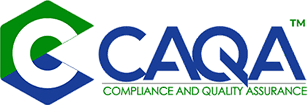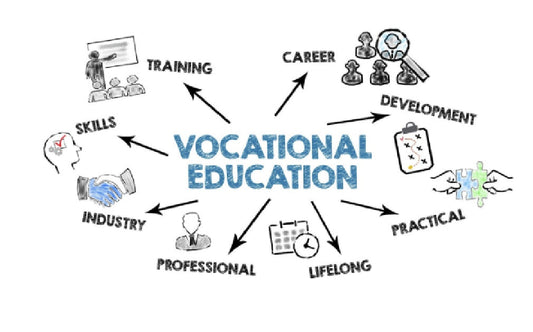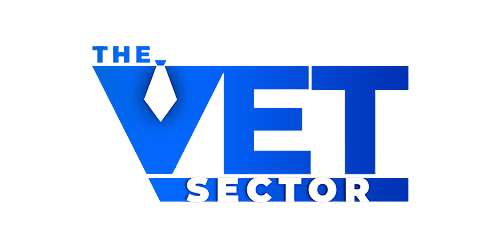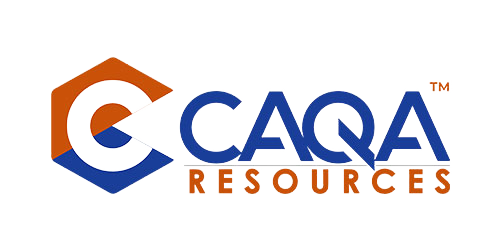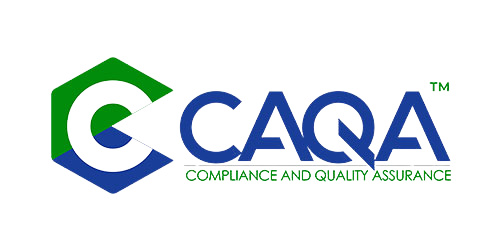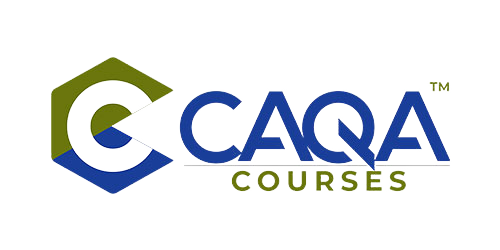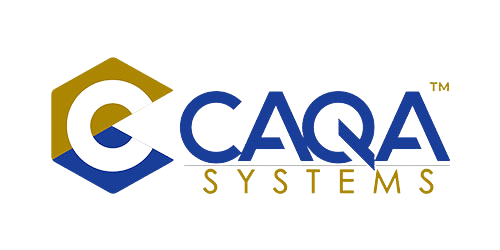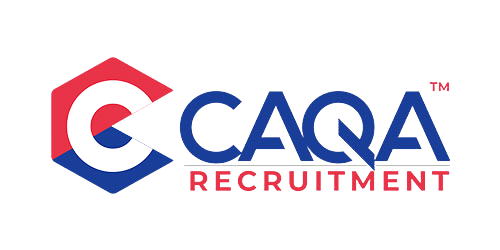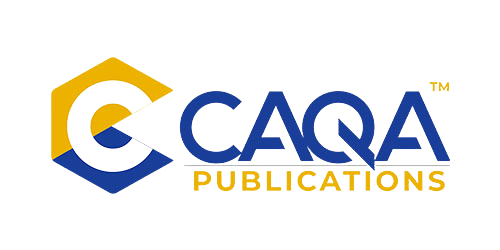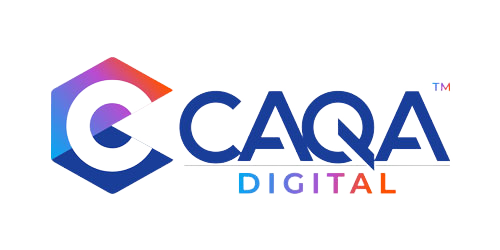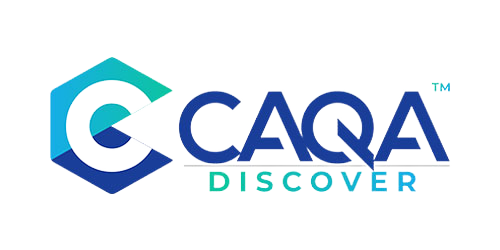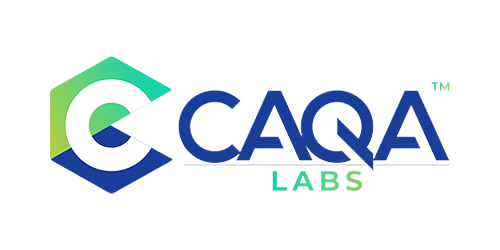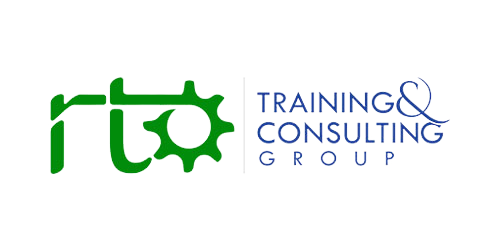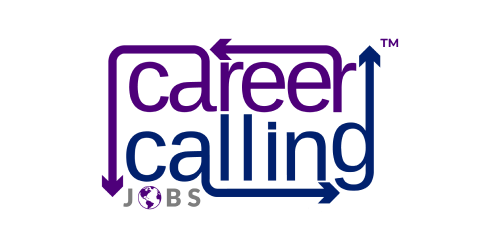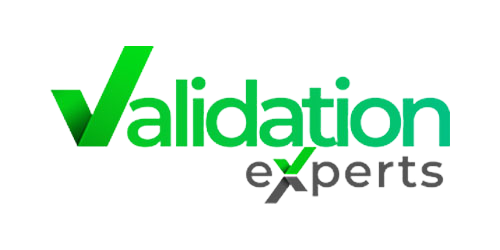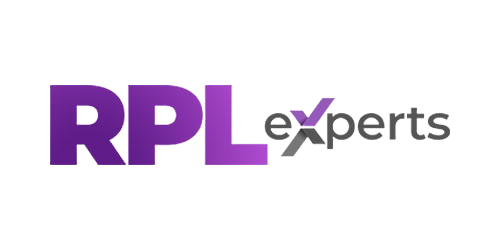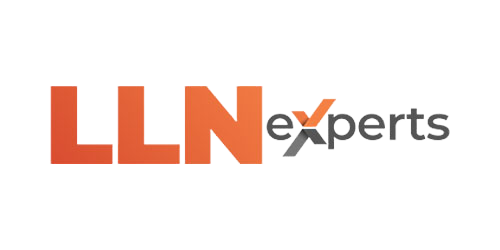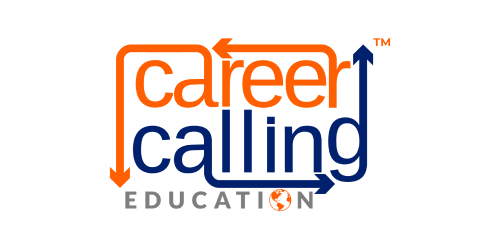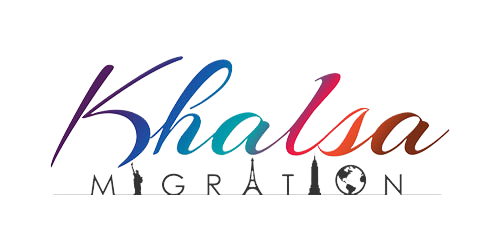An Investigative Analysis of Dangerous Missteps in Australian Vocational Policy
A Crisis of Confidence in VET and Childcare
At a time when Australia is reckoning with childcare sector scandals and deeply sensitive community expectations around child protection, the approval of livestreaming children in early childhood centres for the purpose of VET student assessment has ignited fury across the nation. That such a policy has been endorsed under the banner of “quality training” exposes a grave misunderstanding of ethical, educational, and operational principles at the intersection of Vocational Education and Training (VET) and early childhood education.
HumanAbility Ltd, the Joint Skills Council (JSC), charged with the development of training products and assessment guidelines for the community services sector, has greenlit this deeply flawed direction. As part of a $454 million taxpayer-funded program, this latest move signals an alarming breakdown in the credibility of the Department of Employment and Workplace Relations (DEWR) JSC framework.
Despite being co-endorsed by five key institutions—HumanAbility Ltd, the Department of Education, the Department of Employment and Workplace Relations, the Australian Children's Education and Care Quality Authority (ACECQA), and the Australian Skills Quality Authority (ASQA)—the guidance raises far more questions than it answers. It is, as some in the sector have described, “weasel-worded,” contradictory, impractical, and in some parts, outright nonsensical. Worse, it risks the privacy and dignity of children—those most in need of protection.
A Dangerous Precedent: What the Guidance Actually Says
On the surface, the guidance attempts to address real-world challenges in assessing students enrolled in Early Childhood Education and Care (ECEC) qualifications. In reality, it sidesteps sound educational design, common sense, and established privacy frameworks.
Let’s start with the most controversial component: live streaming students working in real-time with children in childcare centres for the purposes of observation and assessment by off-site assessors.
This is being introduced not as a temporary COVID-era workaround, but as part of core assessment methodology. The rationale is that “it may not always be feasible for an assessor to be physically present.” But this simply deflects responsibility. If physical observation is unfeasible, then the training product itself must be revisited. Systems should not be built around flawed assumptions.
Confused Terminology and Sector Misunderstandings
One of the initial signs of poor understanding appears in the terminology itself. The document refers to “TAFEs and Registered Training Organisations (RTOs) (collectively Training Providers)”, as if TAFEs are somehow distinct from RTOs. This basic inaccuracy betrays a lack of respect for the diversity and complexity of the VET sector. All TAFEs are RTOs, but not all RTOs are TAFEs—and such oversights reveal the shallow depth of engagement by policy writers with the actual training landscape.
This sloppiness reflects broader issues within the JSC framework, where policy is being generated by bureaucrats and advisory groups rather than experts who understand the realities of VET training, childcare policy, or digital rights.
The Problem with “Preferred” vs. “Mandated”
The most frustrating contradiction lies in the repeated confusion between preferred and mandated assessment practices.
The guidance states that direct observation is “preferred,” but the training package documents for several ECEC units of competency clearly state it is mandatory. This contradiction puts RTOs in an impossible position. Do they follow the mandated requirements of the training product? Or do they take guidance that says “preferred” and opens the door to remote streaming?
This ambiguity is not academic—it affects compliance audits, student welfare, risk assessments, and the legality of assessment outcomes.
Livestreaming as a Substitute for Proper Assessment?
The concept of livestreaming raises serious questions about the quality, ethics, and practicality of remote assessment in childcare.
Why should a livestream from an assessor in a remote location be considered a higher-quality assessment method than having a workplace supervisor (who is on-site, understands the child and the centre’s policies, and can respond to dynamic interactions) observe and report on student performance?
In reality, workplace supervisors are already trusted to complete observational reports and assessments in many sectors. If there are concerns about consistency or quality, these should be addressed through moderation, training, and validation, not livestreaming vulnerable children to strangers sitting behind a screen in another city.
Consent: A Minefield for Services and Families
The guidance claims that “Training Providers must ensure the ECEC Service has obtained written consent from parents or carers for the live streaming of children.”
This single clause exposes services to enormous legal and reputational risk.
-
What if one parent refuses consent?
-
What if a child wanders into frame inadvertently?
-
What safeguards exist against breaches of confidentiality, data misuse, or potential exploitation?
It gets even more farcical. The guidance states: “It is crucial that the ECEC Student avoids focusing the camera on children.” But how can a student performing a nappy change, supervising a sandpit, or resolving a group conflict simultaneously ensure that children are not visible on camera?
The student is not a camera operator. They are engaged in hands-on work, requiring both attention and active participation. The expectation is illogical, unworkable, and legally fraught.
Optional Guidelines, Deflected Accountability
The guidance also refers to the National Model Code for the Use of Digital Technologies in Education and Care Services, stating that providers are “encouraged” to “incorporate” recommended practices.
Let’s be clear: recommendations are not enforceable. Encouragement is not an obligation. And in an industry where regulatory clarity is crucial—especially where privacy and safety of children are concerned—anything less than a mandate is negligence.
This weak language creates a loophole for non-compliance. Services under pressure may opt not to follow best practice. Training providers may interpret the guidance differently. The result? Chaos and risk.
Services Unprepared for What Lies Ahead
As of 1 September 2025, all ECEC services are expected to have a digital technology policy. But many services are only beginning this journey. Small, regional, or under-resourced centres are already battling workforce shortages, high staff turnover, and compliance burdens.
Expecting these services to simultaneously implement livestreaming, obtain iron-clad parental consent, ensure student supervision, and maintain operational flow is unrealistic and unfair. It also sets services up for compliance failure, while exposing them to reputational harm and potential legal action.
Kicking the Can: A Flawed System in Action
Perhaps most damning is HumanAbility’s admission that “current assessment conditions will be reviewed as part of the periodic review process.” Translation? We know the training product isn’t fit for purpose, but instead of fixing it, we’ll slap on some guidance and review it later.
This approach is not just poor planning—it’s a dereliction of duty. Assessment conditions that cannot be feasibly implemented should be revised immediately. Deferring meaningful action places further strain on training providers, exposes students to compliance risks, and continues the erosion of public trust in the VET sector.
The Real Consequences: Children at Risk
This isn’t merely a bureaucratic bungle. It has real-world consequences.
Children’s images and voices may be inadvertently captured and transmitted in ways that cannot be fully controlled or monitored. Livestreams can be intercepted, misused, or misrepresented. Even with the best intentions and technical safeguards, the margin for error is too high.
Every childcare worker and early childhood educator knows that protecting a child's dignity, autonomy, and privacy is not negotiable. To place a camera in their learning environment for the purpose of assessing a third-party student is, at best, ethically reckless—and at worst, a dangerous betrayal of professional standards.
A Better Way Forward
The solution is not complex. In fact, it's already in use across many parts of the sector:
-
Remove livestreaming as an endorsed assessment method in childcare qualifications.
-
Amend training packages to allow for observations by qualified workplace supervisors where physical presence by an assessor is impractical.
-
Mandate digital safety frameworks for any remote technology use and enforce compliance, not merely recommend it.
-
Provide transition funding and professional development for centres to understand new requirements.
-
Engage early childhood experts—not generalist bureaucrats—to co-author guidance that reflects best practice in pedagogy, safety, and training.
Conclusion: A Test of National Integrity
The inclusion of livestreaming children in VET assessments is not just a policy mistake—it is a reflection of a larger malaise within Australia’s vocational training architecture. It reveals a system governed more by compliance rituals than human-centred ethics, more by administrative workaround than real-world wisdom.
In early childhood education, we entrust practitioners with our youngest and most vulnerable. It is a sacred duty. Our training system must reflect this truth, not undermine it.
The DEWR, ASQA, ACECQA, HumanAbility, and the Department of Education must now listen to those at the frontlines—educators, parents, centre directors, and RTOs—and rescind this flawed direction. The time for bureaucratic sidestepping is over.
Australia’s children deserve better. So do our future educators. So does our entire nation.
